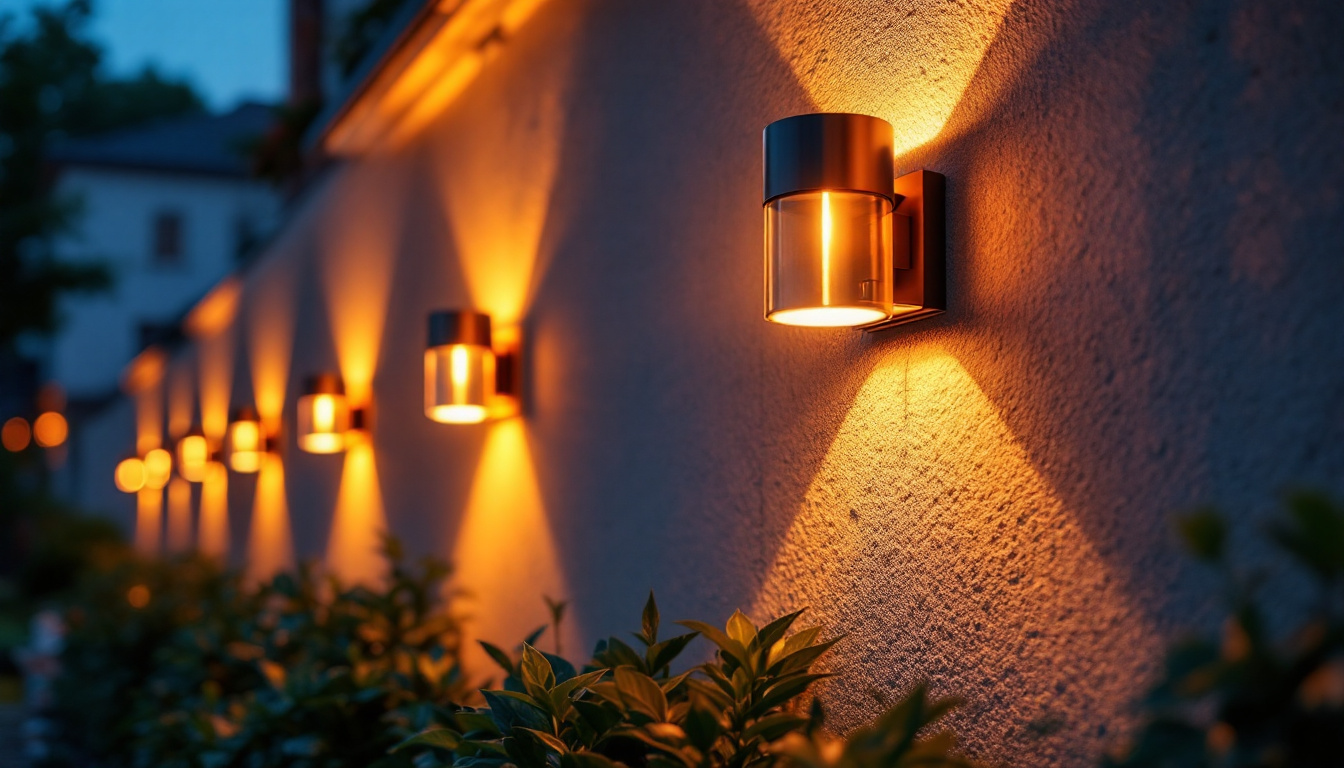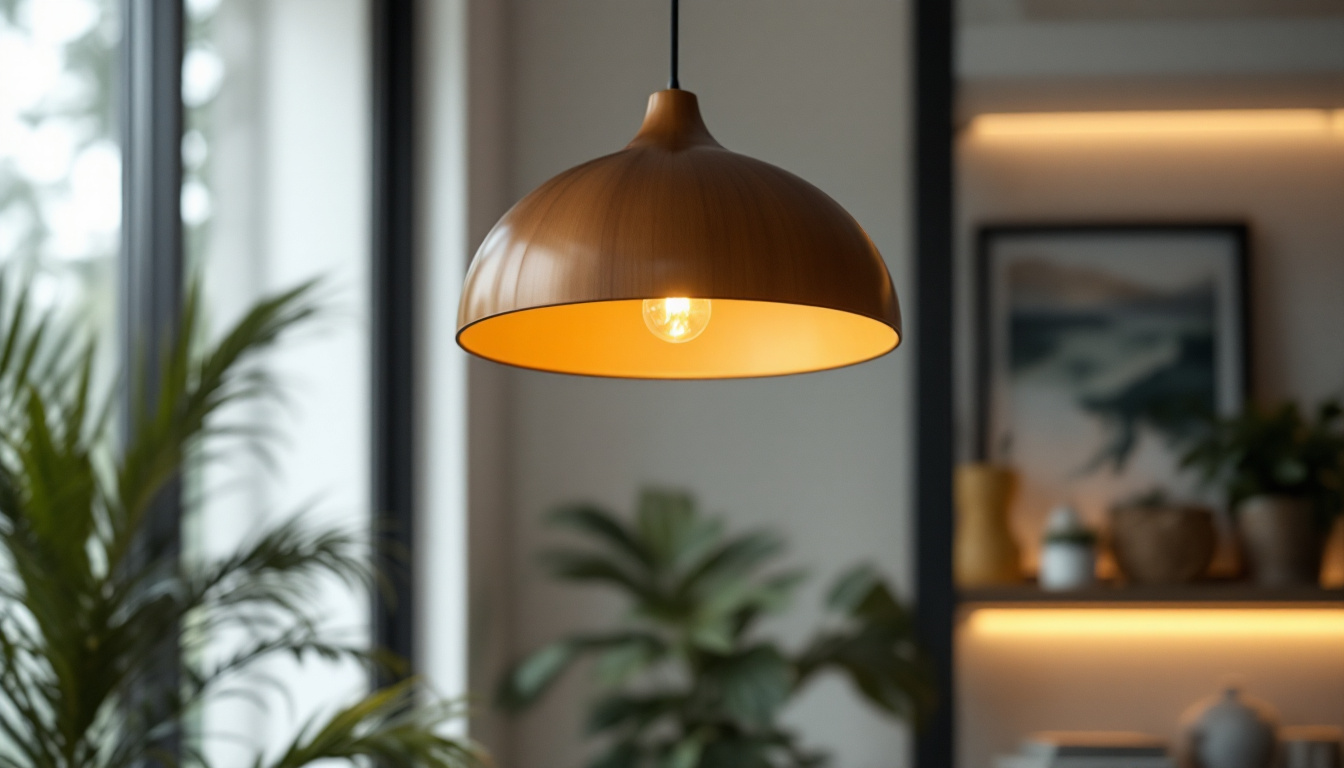
In the ever-evolving landscape of outdoor lighting, solar light outdoor posts have emerged as a popular choice for both residential and commercial projects. They offer an eco-friendly solution that not only enhances the aesthetic appeal of outdoor spaces but also provides significant energy savings. For lighting contractors, understanding the nuances of solar lighting installation is essential. This comprehensive checklist will guide contractors through the key considerations and steps necessary for a successful solar light outdoor post installation.
Before diving into installation specifics, it is crucial to grasp the fundamentals of solar lighting technology. solar lights operate by harnessing energy from the sun, converting it into electricity, and storing it in batteries for use during nighttime. This technology has advanced significantly, making solar lights more efficient and reliable than ever. With innovations in photovoltaic cells and battery technology, modern solar lights can now capture and store energy more effectively, ensuring longer illumination times and better performance even in less-than-ideal weather conditions.
solar outdoor lights consist of several key components, each playing a vital role in the overall functionality. These include solar panels, batteries, LED bulbs, and controllers. Understanding how these components work together will help contractors select the right products for their projects. For instance, the quality of the solar panel can significantly impact the efficiency of energy conversion, while the capacity of the battery determines how long the lights will stay illuminated after sunset.
The solar panel captures sunlight and converts it into electrical energy. The battery stores this energy, ensuring the light operates even on cloudy days or during nighttime. LED bulbs are preferred for their energy efficiency and long lifespan, while the controller manages the charging and discharging of the battery, optimizing performance. Additionally, some advanced solar lights come equipped with sensors that can detect ambient light levels, automatically turning the lights on at dusk and off at dawn, which further enhances their energy efficiency and user convenience.
There are various types of solar outdoor lights available, each designed for specific applications. Pathway lights, post lights, flood lights, and decorative lights are just a few examples. Understanding the differences will enable contractors to recommend the best options to their clients based on their needs and preferences. Furthermore, the choice of solar lighting can greatly influence the aesthetic appeal of a property, as well as its functionality.
Pathway lights are typically low to the ground and provide illumination along walkways, enhancing safety and visibility. Post lights, on the other hand, are mounted on posts and can illuminate larger areas, making them ideal for driveways and patios. Flood lights offer powerful illumination for security purposes, while decorative lights can add charm and ambiance to outdoor spaces. Beyond these traditional options, there are also solar string lights that can create a cozy atmosphere for gatherings and events, and solar spotlights that can highlight landscaping features or architectural details, making them versatile choices for enhancing outdoor environments.
Proper installation is critical to ensuring the longevity and effectiveness of solar outdoor lights. Several factors must be taken into account to achieve optimal results.
Conducting a thorough site assessment is the first step in the installation process. This involves evaluating the location for potential obstructions that may block sunlight, such as trees or buildings. Contractors should also consider the layout of the outdoor space to determine the best placement for the lights.
Identifying the areas that require illumination is essential. High-traffic zones, entryways, and dark corners are prime candidates for solar lighting. Additionally, understanding the client’s preferences regarding brightness and style will aid in making informed decisions during the installation process.
It is also beneficial to assess the seasonal changes in sunlight exposure. For instance, certain areas may receive ample sunlight during summer but become shaded in winter due to the changing position of the sun. This seasonal variation can influence the effectiveness of solar lights, and contractors should take this into account when planning the layout. Furthermore, considering the local climate is essential; regions with frequent overcast days may require different types of solar lights or supplementary power sources to ensure consistent performance.
Selecting the appropriate solar light is crucial for meeting the specific needs of the project. Factors such as brightness, battery capacity, and design should be considered. Brightness is measured in lumens, and contractors should choose lights that provide sufficient illumination for the intended purpose.
Battery capacity is another important consideration, as it determines how long the lights will operate after sunset. Contractors should look for lights with high-capacity batteries, especially for areas that may experience extended periods of darkness. Design aesthetics should also align with the overall theme of the outdoor space, ensuring a cohesive look.
In addition to these factors, the type of solar panel used in the lights can significantly impact their efficiency. Monocrystalline panels, for example, are known for their higher efficiency and compact size, making them ideal for areas with limited space. On the other hand, polycrystalline panels are often more affordable and can be suitable for larger installations where space is less of a concern. It’s also wise to consider the warranty and durability of the solar lights, as investing in high-quality materials can lead to reduced maintenance costs and a longer lifespan for the lighting system.
The installation process for solar outdoor lights can vary depending on the type of light and the specific requirements of the project. However, there are general steps that contractors should follow to ensure a successful installation.
Before installation begins, contractors should gather all necessary tools and materials. This may include shovels, measuring tapes, and levels. Having everything on hand will streamline the process and minimize delays.
Next, contractors should mark the locations where the lights will be installed. This can be done using stakes or spray paint to outline the positions. Ensuring accurate placement will result in a more polished and functional lighting design.
Once the preparation is complete, contractors can begin the installation. For post lights, this typically involves securing the post into the ground using concrete or anchors. It is essential to ensure that the post is level and stable to prevent any future issues.
For pathway lights, contractors may need to dig small holes to accommodate the lights. After placing the lights, they should be connected according to the manufacturer’s instructions, ensuring that all components are securely attached. Finally, the solar panels should be positioned to receive maximum sunlight exposure.
While solar lights require less maintenance than traditional lighting systems, they are not entirely maintenance-free. Regular checks and minor adjustments can ensure optimal performance over time.
Contractors should advise clients to periodically clean the solar panels to remove dirt and debris that may hinder their efficiency. A simple wipe with a damp cloth can often do the trick. Additionally, checking the battery condition and replacing it when necessary will help maintain the lights’ functionality.
Inspecting the fixtures for any signs of damage or wear is also important. If any components are found to be faulty, they should be replaced promptly to avoid further issues.
Despite their reliability, solar lights can encounter some common issues. If a light is not functioning, the first step is to check whether the solar panel is receiving adequate sunlight. If not, relocating the light or trimming nearby vegetation may be necessary.
Another common issue is dim lighting, which may indicate a failing battery. In such cases, replacing the battery can often restore functionality. If problems persist, consulting the manufacturer’s guidelines or seeking professional assistance may be necessary.
The advantages of solar outdoor lighting extend beyond just energy savings. They contribute to environmental sustainability and offer unique benefits that make them an attractive option for many clients.
Solar lights are a renewable energy solution, reducing reliance on fossil fuels and lowering carbon footprints. By choosing solar lighting, clients can contribute to environmental conservation while enjoying the benefits of outdoor illumination.
Additionally, solar lights do not require extensive wiring or trenching, minimizing the disruption to landscapes during installation. This eco-friendly approach aligns with the growing trend of sustainable practices in construction and landscaping.
While the initial investment in solar lights may be higher than traditional lighting, the long-term savings on electricity bills make them a cost-effective solution. Furthermore, the low maintenance requirements reduce ongoing costs, making solar lights an attractive option for budget-conscious clients.
In many cases, solar lights can also qualify for government incentives or rebates, further enhancing their financial appeal. Contractors should stay informed about available programs to provide clients with the best options.
Solar light outdoor posts represent a significant advancement in outdoor lighting technology. For lighting contractors, understanding the components, installation processes, and maintenance requirements of solar lights is essential for delivering quality service to clients. By following this checklist, contractors can ensure successful installations that meet client expectations and contribute to sustainable practices.
As the demand for eco-friendly solutions continues to grow, embracing solar lighting technology will not only enhance a contractor’s service offerings but also position them as leaders in a competitive market. With the right knowledge and approach, contractors can harness the benefits of solar lighting to illuminate outdoor spaces beautifully and sustainably.
Ready to elevate your lighting projects with the most efficient and sustainable solar light outdoor posts? At LumenWholesale, we provide lighting contractors like you with the highest quality, spec-grade lighting products at unbeatable wholesale prices. Say goodbye to local distributor markups and hello to superior lighting solutions that meet the highest industry standards. With our hassle-free bulk buying and free shipping, you can confidently stock up on premium lighting without any hidden fees. Transform your outdoor spaces with the perfect blend of quality, affordability, and convenience. Choose LumenWholesale for Wholesale Lighting at the Best Value and make your next installation a shining success.

Discover essential tips and common pitfalls for lighting contractors in our comprehensive guide on light dimmers.

Discover how LED garage ceiling lights are revolutionizing the lighting industry for contractors.

Discover innovative hacks for smart lighting contractors to enhance outdoor spaces with solar exterior wall lights.

Discover how round hanging lamps are revolutionizing lighting contractors’ projects by enhancing aesthetics, optimizing light distribution, and offering versatile design solutions.